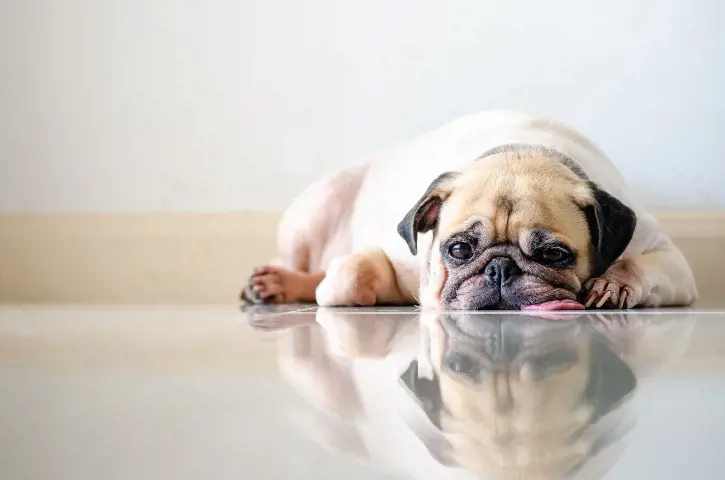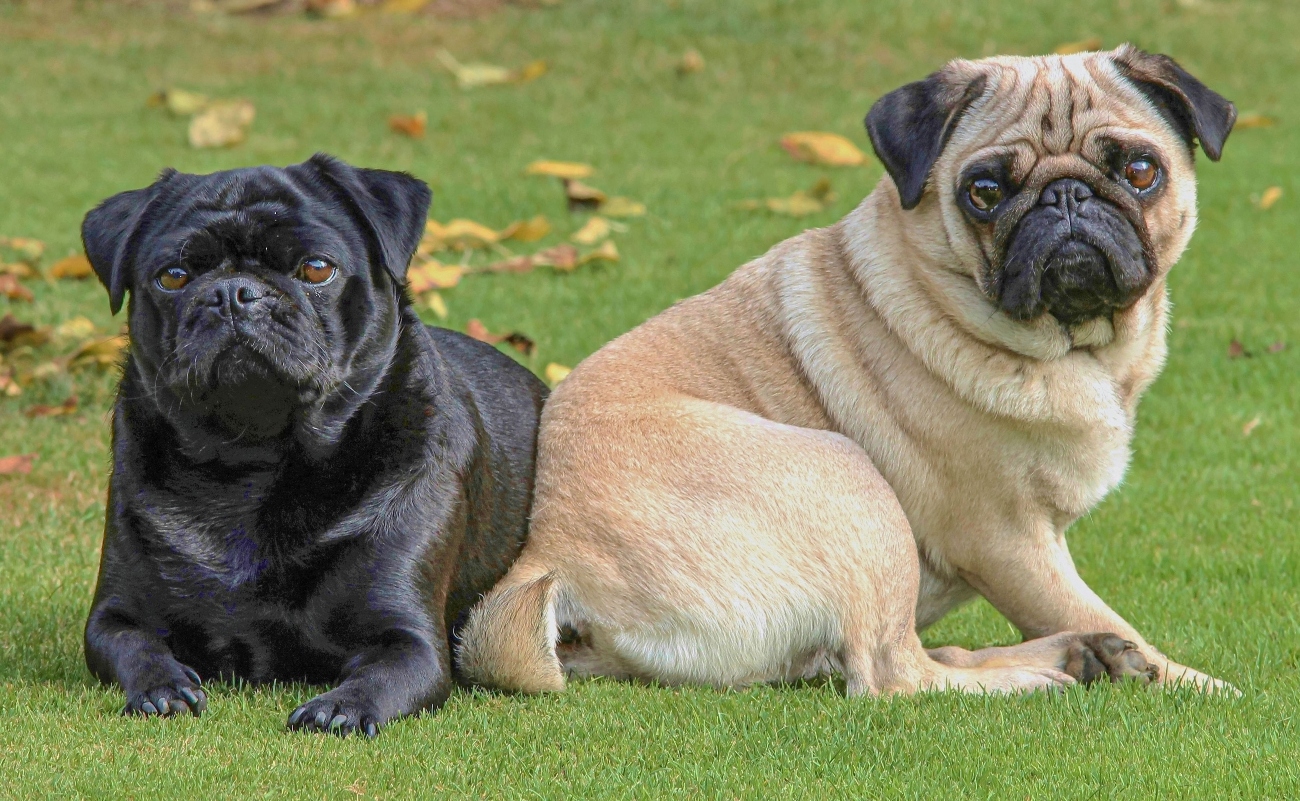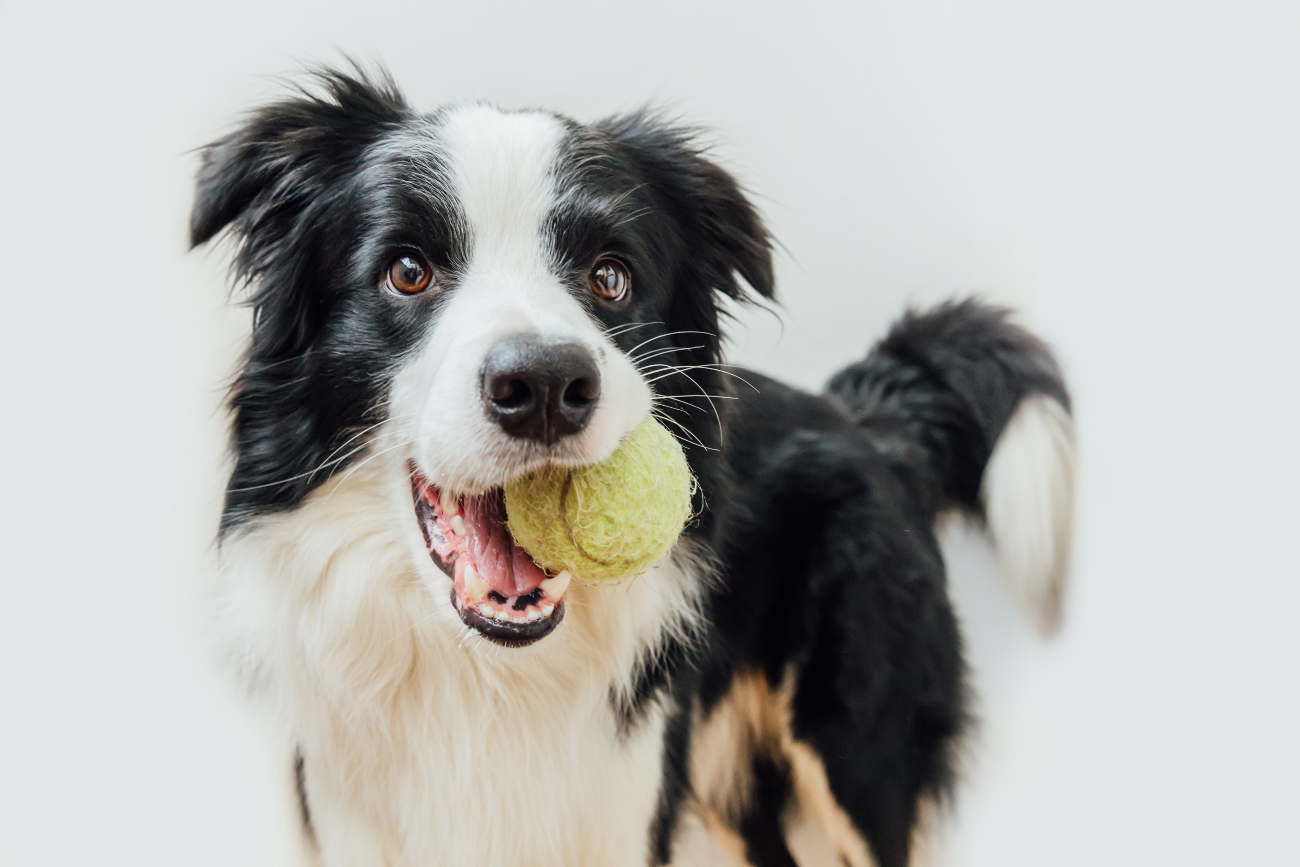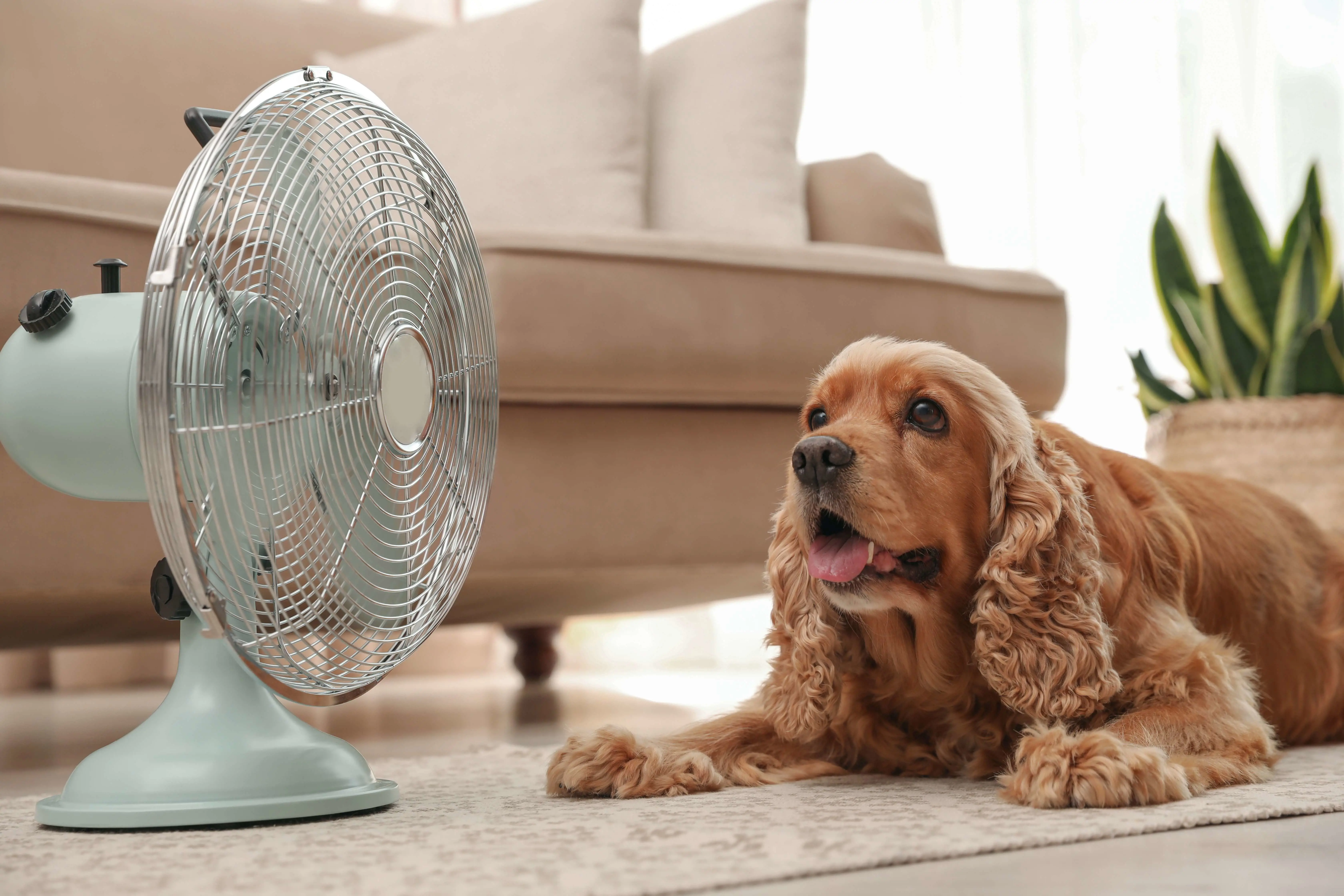How long do Pugs live? Most assumptions are wrong!
25th July, 2023

Pugs are a popular breed of dog that have been around for centuries. They are known for their adorable wrinkled faces, curly tails, and affectionate personalities.
Pugs have always been a favourite of pet lovers, and their popularity continues to rise. But as a responsible Pug owner, it is important to know how long Pugs live and what you can do to help them live longer.
Average lifespan of Pugs
The average life span of a Pug is between 12-15 years. However, this can vary depending on many factors such as genetics, lifestyle, and care. Some Pugs may live longer than 15 years, while others may have a shorter life span.
What's the oldest Pug to ever live?
When it comes to the world of dogs, Pugs are one of the most beloved breeds. Known for their adorable wrinkly faces and playful personalities, Pugs have been a favourite among pet owners for centuries. But have you ever wondered what's the oldest Pug to ever live? Well, the answer might surprise you!
The oldest Pug on record was named Snookie, who lived to be an impressive 27 years old before passing away in 2018. Snookie was born in 1991 and lived a long and happy life with her owner, who credits her longevity to a healthy diet and plenty of exercise.
While most Pugs have an average lifespan of around 12-15 years, Snookie's remarkable age is a testament to the love and care that her owner provided her throughout her life.
So, if you're a Pug owner, take note - with proper care, your furry friend could be with you for many happy years to come!
Factors that affect Pug lifespan
There are many factors that can affect the life span of a Pug. Genetics is one of the most important factors. Pugs that come from a healthy bloodline and have good genetics tend to live longer than those that don't.
Other factors that can affect the life span of a Pug include:
- Diet and nutrition
- Exercise and physical activity
- Grooming and hygiene
- Regular check-ups and vet visits
- Common health issues
Common health issues in Pugs
Pugs are prone to several health issues that can affect their life span. Some of the most common health issues in Pugs include:
Obesity
Pugs have a tendency to overeat, and if they are not given enough exercise, they can quickly become overweight. Obesity in Pugs can lead to a number of health problems, including joint pain, heart disease, and breathing difficulties.
To keep your Pug healthy and happy, it is important to monitor their diet and ensure that they are getting enough exercise. A balanced diet that is low in fat and high in protein is ideal for Pugs, and regular exercise can help keep them in shape.
Respiratory problems
Due to their short snouts and flat faces, Pugs may experience difficulty breathing, particularly in hot or humid weather. This can lead to snoring, wheezing, and other respiratory issues.
Legg-Perthes disease
This is a condition that affects the hip joint, and can cause pain and discomfort for your furry friend. The disease occurs when the blood supply to the femur bone is disrupted, leading to the bone gradually deteriorating over time. This can cause arthritis, lameness, and even a loss of mobility if left untreated.
Skin disorders
This can include anything from dry skin to more severe conditions such as demodex mange, which can cause hair loss and severe itching.
There are a number of factors that can contribute to skin disorders in Pugs, these can include:
- Allergies
- Poor nutrition
- Genetics
It's important for Pug owners to keep a close eye on their dog's skin and coat, and to take steps to prevent and treat any issues that arise. This may involve regular grooming, changing the dog's diet, or using medicated shampoos or other treatments.
Lip-fold pyoderma
This condition occurs when the folds of skin around the mouth become infected with bacteria, causing redness, swelling, and irritation. If left untreated, lip fold pyoderma can lead to more serious health problems, such as abscesses and even sepsis.
There are several ways that you can prevent lip-fold pyoderma, and these may include:
- Keeping their face clean and dry
- Regularly wipe their face with a damp cloth to remove any dirt or food particles that may have become trapped in the folds of their skin
- Drying their face thoroughly after bathing or swimming
If your Pug does develop lip fold pyoderma, your veterinarian may recommend antibiotics or other treatments to help manage the infection.
Brachycephalic airway obstruction syndrome (BAOS)
This condition is caused by the shortening of the Pug's skull, resulting in a narrowed airway that makes it difficult for them to breathe.
Signs of BAOS include:
- Snoring
- Wheezing
- Difficulty breathing (especially during exercise or in hot weather)
Canine hip dysplasia
Canine Hip Dysplasia occurs when the ball and socket joint of the hip do not fit together properly, leading to instability and joint degeneration over time. Symptoms of this condition include:
- Limping
- Difficulty standing up or climbing stairs
- Reduced activity levels
While this condition cannot be cured, there are various treatments available that can help to manage the symptoms and improve the dog's quality of life.
If you suspect that your Pug may be suffering from Canine Hip Dysplasia, it is important to seek veterinary care right away. Your vet will be able to perform a physical exam and take X-rays to diagnose the condition.
What are the main causes of death in Pugs?
One of the most common concerns among Pug owners is their lifespan and what is the main cause of death in Pugs. Studies have shown that Pugs have a lifespan of around 12-15 years, which is relatively shorter than other dog breeds.
There are two main causes of death that are prevalent in Pugs and these include:
Respiratory issues
This is primarily due to their short snouts and flat faces. This anatomical feature makes it hard for them to breathe, especially during hot and humid weather. They are also prone to allergies, infections, and obesity, which can further exacerbate their breathing problems.
Pug dog encephalitis
Another main cause of death in Pugs includes a condition known as Pug dog encephalitis. This disease affects the brain and can cause a range of symptoms, including seizures, behavioural changes, and loss of coordination.
Sadly, encephalitis is often fatal, making it the leading cause of death in Pugs. The exact cause of encephalitis is not fully understood, but experts believe it may be related to an autoimmune response or viral infection.
The disease typically affects younger Pugs, with symptoms often appearing between the ages of 2 and 4. While there is no cure for encephalitis, treatment options such as steroids and immunosuppressive drugs may help to manage symptoms and improve quality of life.
As a pet owner, it is important to be aware of the signs and symptoms of encephalitis and respiratory issues. It is important to seek veterinary care immediately if you suspect your Pug may be affected.
While there is no way to completely prevent these health issues, maintaining your Pug's overall health through regular check-ups, a balanced diet, and plenty of exercise can help to reduce the risk of developing Pug dog encephalitis and other health issues.
How to improve a Pug's life expectancy

As a Pug owner, there are several things you can do to help your furry friend live a longer and healthier life. Here are some tips:
Diet and nutrition for Pug dogs
Feeding your Pug a healthy and balanced diet is essential for their overall health and well-being. Pugs should be fed high-quality dog food that is rich in protein and essential nutrients.
Avoid giving your Pug table scraps or human food, as this can lead to obesity and other health issues. Check out our recent blog on what the top dog food diets are for some further information.
Exercise and physical activity for Pugs
Pugs may not be the most active breed of dog, but they still need regular exercise to live a healthy life. Daily walks and playtime are essential for keeping your Pug in shape and preventing obesity. Be sure to provide plenty of toys and games to keep your Pug entertained and engaged.
Grooming and hygiene for Pugs
Proper grooming and hygiene are important for maintaining your Pug's health and preventing health issues. Pugs should be brushed regularly to keep their coats clean and free of tangles. Their ears should be cleaned regularly to prevent infections, and their teeth should be brushed daily to prevent dental problems.
Regular check-ups and vet visits for Pugs
Regular check-ups and vet visits are essential for detecting and treating health issues early on. Pugs should be taken to the vet at least once a year for a check-up and vaccinations. If you notice any changes in your Pug's behaviour or health, be sure to take them to the vet right away.
Our responsibility as Pug owners
As Pug owners, it is our responsibility to provide our furry friends with the best possible care and attention. By following the tips above, we can help our Pugs live longer, healthier lives.
Remember, prevention is key. Regular check-ups, a healthy diet, and regular exercise can go a long way in ensuring your Pug lives a long and happy life.
Don't forget to protect your Pug with dog insurance. To get an insurance quote for your furry friend, you can get a quote through our website. If you would like to talk to one of our dog insurance specialists, you can get in touch with us on 0330 102 5748.
Helpful Pages
Recent Posts
Pet Insurance Quote
- 98% claims paid *
- Claims paid directly to vets
- 24/7 vet video consultations
- Interest free monthly payments




